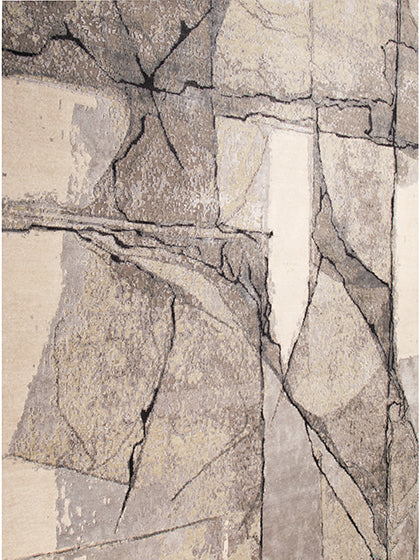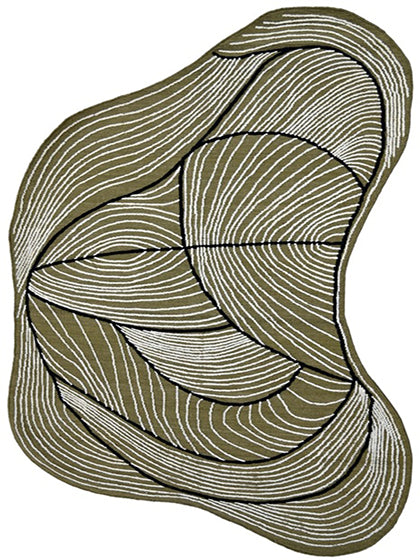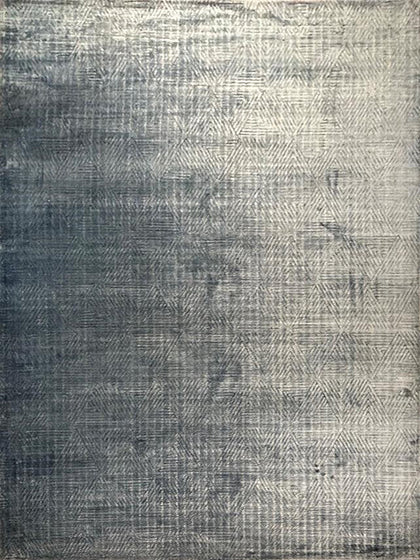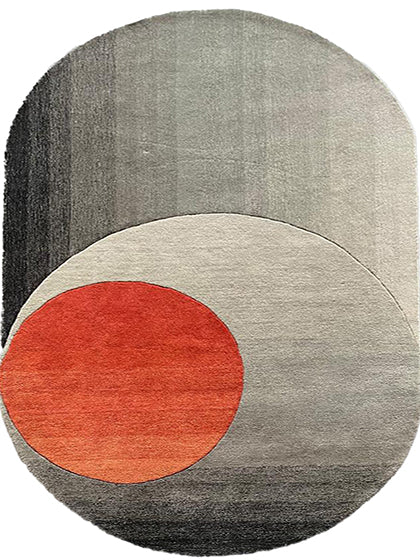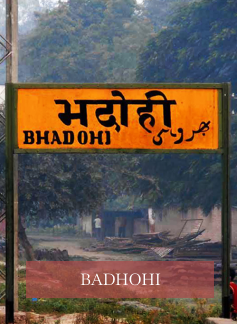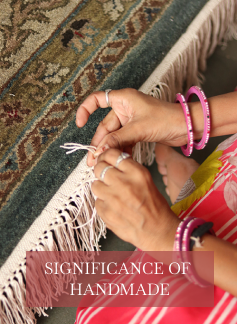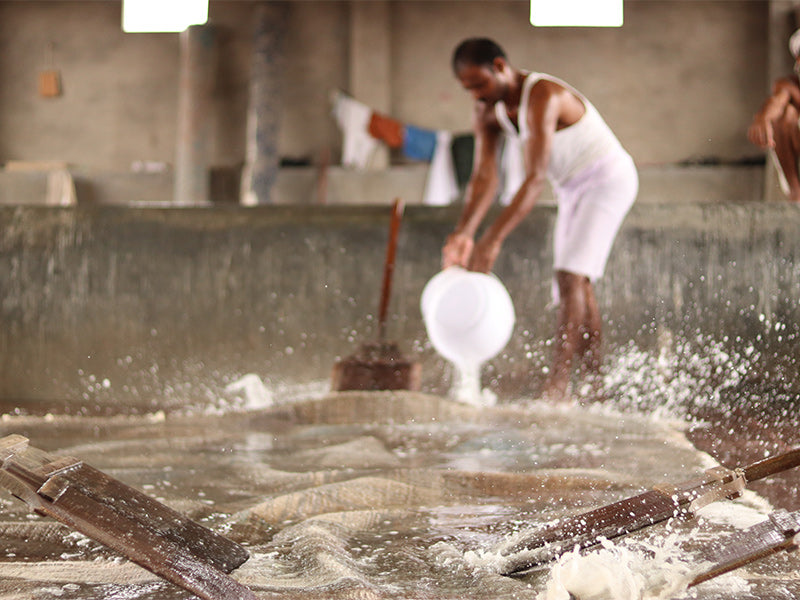Quality oriental claimed to be high end rugs fetch a steep price than roughly knotted ones, but only for the reason that the yarn is of excellent quality and the procedure is quite tedious and time consuming. From coarsely woven , touch and feel to finely crafted luxury rugs, Knot density varies between 30 to 300 per square inch . Despite of what people believe it is the superiority of the yarn type and not just the knot density which determines the quality of the carpet. Knot density – number of knots per square inch is a very vital indicator of rug quality. Bulk of the weaves is measured principally by literally the adding up the knots for each linear inch, which have an effect on the strength of carpets. Unyielding, tough and thick pile helps the rugs to bear wear. An easy check- If your fingers dig into the pile with difficulty and you are not able to knock the bottom, the carpet is said to be made with dense pile and vice versa.
Many sellers try to sell knot count as an indicator of quality. Although it’s true that a higher KPI means that the piece of rug was made in a longer duration, there are many other factors to reflect on. Knot counts in rugs can differ from as low as forty per square inch to an astounding 1200. Knots look like the pixels on a computer screen. The more the knot count, the superior the resolution or clearness of the picture. Similarly, meticulous patterns in rugs are in need of higher knot counts. Rounded designs demand really high knot counts. Geometric patterns can usually do with far lesser knot counts and yet be very high worth pieces.

